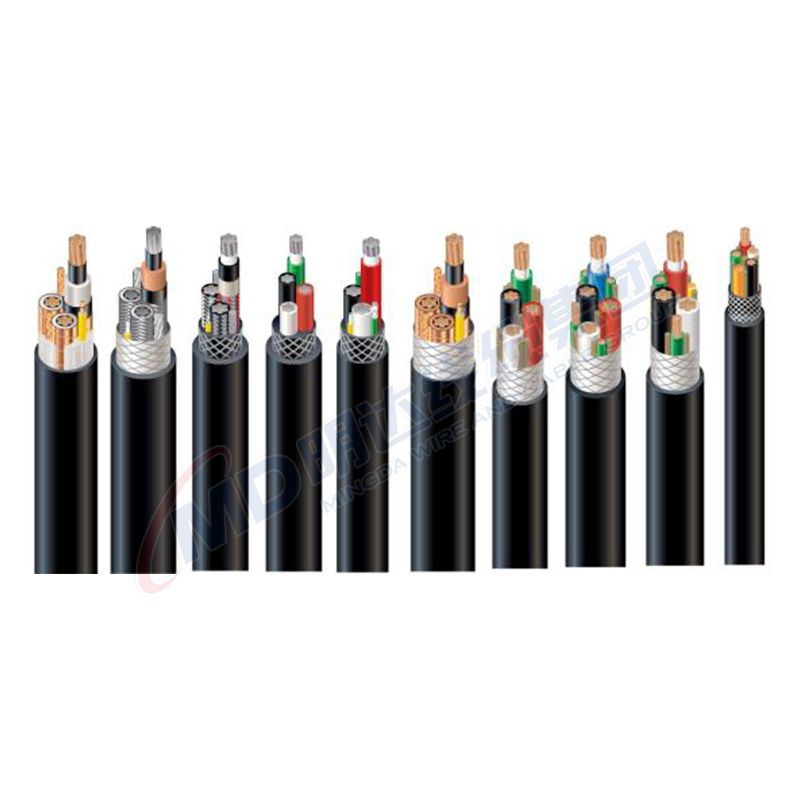10 月 . 14, 2024 00:53 Back to list
flange butterfly valve
Flange Butterfly Valve An Overview
Flange butterfly valves are essential components in various industrial applications for controlling the flow of liquids and gases. These valves are notable for their robust design and operational efficiency, which make them a popular choice in multiple sectors, including water treatment, chemical processing, and HVAC systems.
At its core, a flange butterfly valve consists of a circular disc or vane mounted on a rotating shaft. The disc is positioned in the center of the pipeline, and it can rotate to an open or closed position, thereby regulating the flow of the medium. The term flange refers to the valve's design feature that allows it to be easily mounted to the pipe flanges, providing a secure connection and ensuring a leak-proof seal.
One of the primary advantages of flange butterfly valves is their space-saving design. Unlike other types of valves, such as gate or globe valves, butterfly valves occupy less space, making them ideal for installations with limited room. This compactness does not compromise their performance; they are capable of handling significant flow volumes and pressure.
flange butterfly valve

Flange butterfly valves are made from various materials, including stainless steel, carbon steel, and plastic. The choice of material often depends on the application and the specific characteristics of the fluid being controlled. For aggressive or corrosive substances, stainless steel and specially coated valves are preferred to ensure durability and longevity.
Installation of flange butterfly valves is straightforward, largely due to their design that allows for easy integration into existing piping systems. Flange connections provide stability and minimize vibration, a critical feature that enhances the valve's lifespan. Additionally, these valves are often designed for quick operation, with a simple quarter-turn motion to transition from fully open to fully closed, thus allowing for efficient flow control.
Maintenance is also a crucial aspect of using flange butterfly valves. Regular inspection and servicing can significantly extend the operational life of the valve. It is essential to check for wear and tear, especially on the sealing surfaces and the rotating shaft, to prevent leaks and ensure optimal performance. Many companies also offer maintenance kits that include replacement parts and detailed instructions to facilitate easy repairs.
In summary, flange butterfly valves serve as an indispensable part of fluid control systems in various industries. Their efficient design, ease of installation, and minimal maintenance requirements make them an attractive option for engineers and operators. As industries continue to evolve and demand more efficient and reliable flow control solutions, the relevance of flange butterfly valves is likely to increase, paving the way for advancements in valve technologies and materials to meet future challenges. Whether for water distribution networks, sewage systems, or complex chemical processes, flange butterfly valves will remain integral to the infrastructure that supports modern industrial operations.
Share
-
Understanding the Differences Between Wafer Type Butterfly Valve and Lugged Butterfly ValveNewsOct.25,2024
-
The Efficiency of Wafer Type Butterfly Valve and Lugged Butterfly ValveNewsOct.25,2024
-
The Ultimate Guide to Industrial Swing Check Valve: Performance, Installation, and MaintenanceNewsOct.25,2024
-
Superior Performance with Industrial Swing Check Valve: The Essential Valve for Any SystemNewsOct.25,2024
-
Industrial Swing Check Valve: The Ideal Solution for Flow ControlNewsOct.25,2024
-
You Need to Know About Industrial Swing Check Valve: Functionality, Scope, and PerformanceNewsOct.25,2024